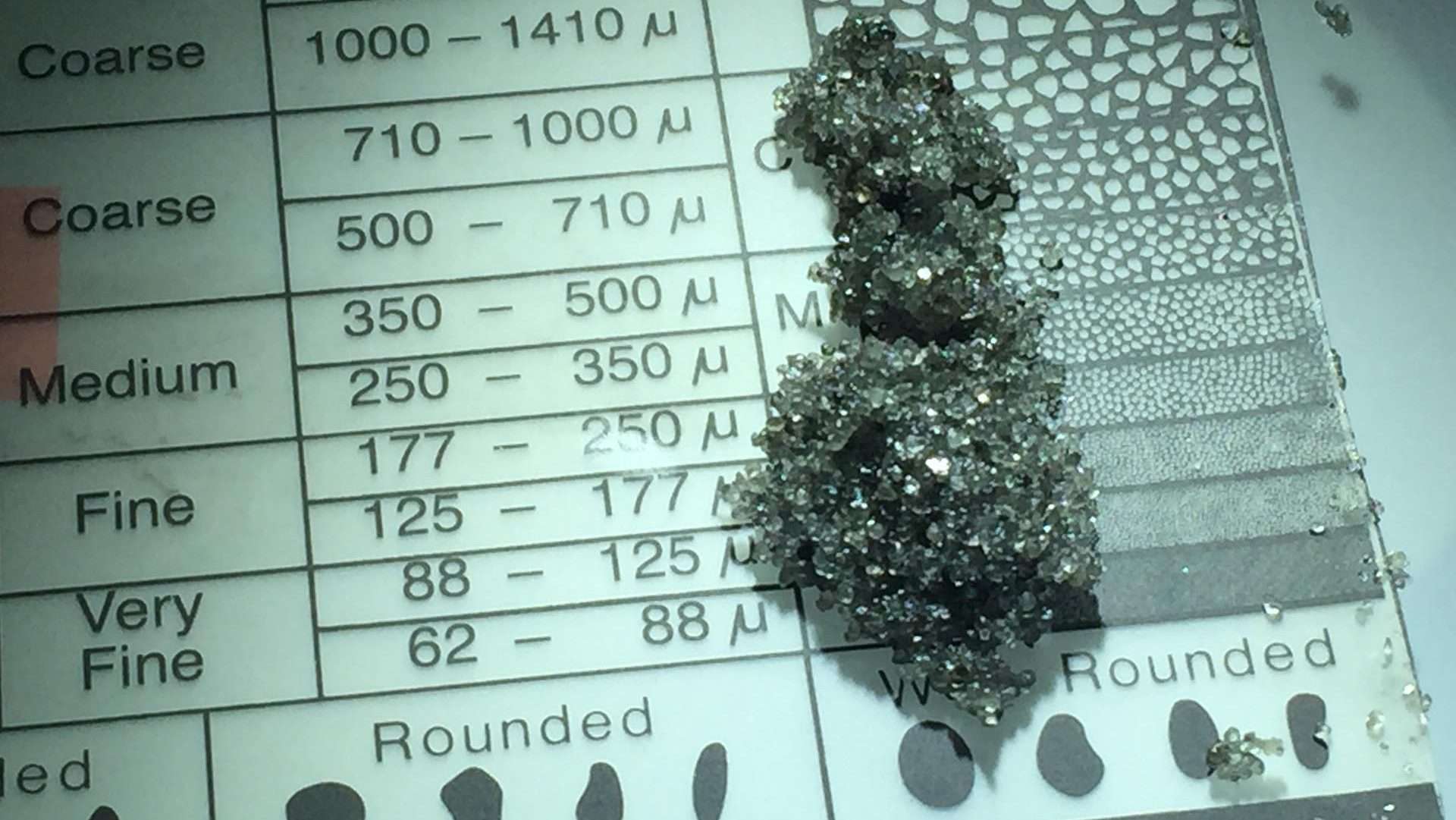Abstract
Many current Eastcoast Canada offshore wells require multiple intermediate strings of casing to reach their objective depth. The initial logging run normally occurs in a 444.5 mm (17.5 inch) diameter borehole. It was observed that log data was adversely affected by the large hole environment to the point where interpretation was being jeopardized. Such difficulty could prove disastrous in sections considered to be potentially hydrocarbon-bearing. In the interest of log quality, the suggestion was made to firstly "pilot" such sections with a smaller bit (eg. 311 mm or 12.25 inch), log the hole, and then ream to 444.5 mm in order to run casing. To test this premise, an experiment was conducted in the upper section of one Grand Banks well.



